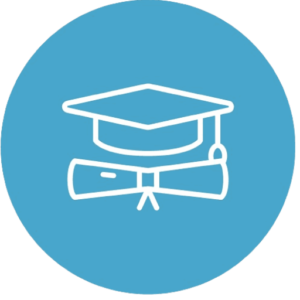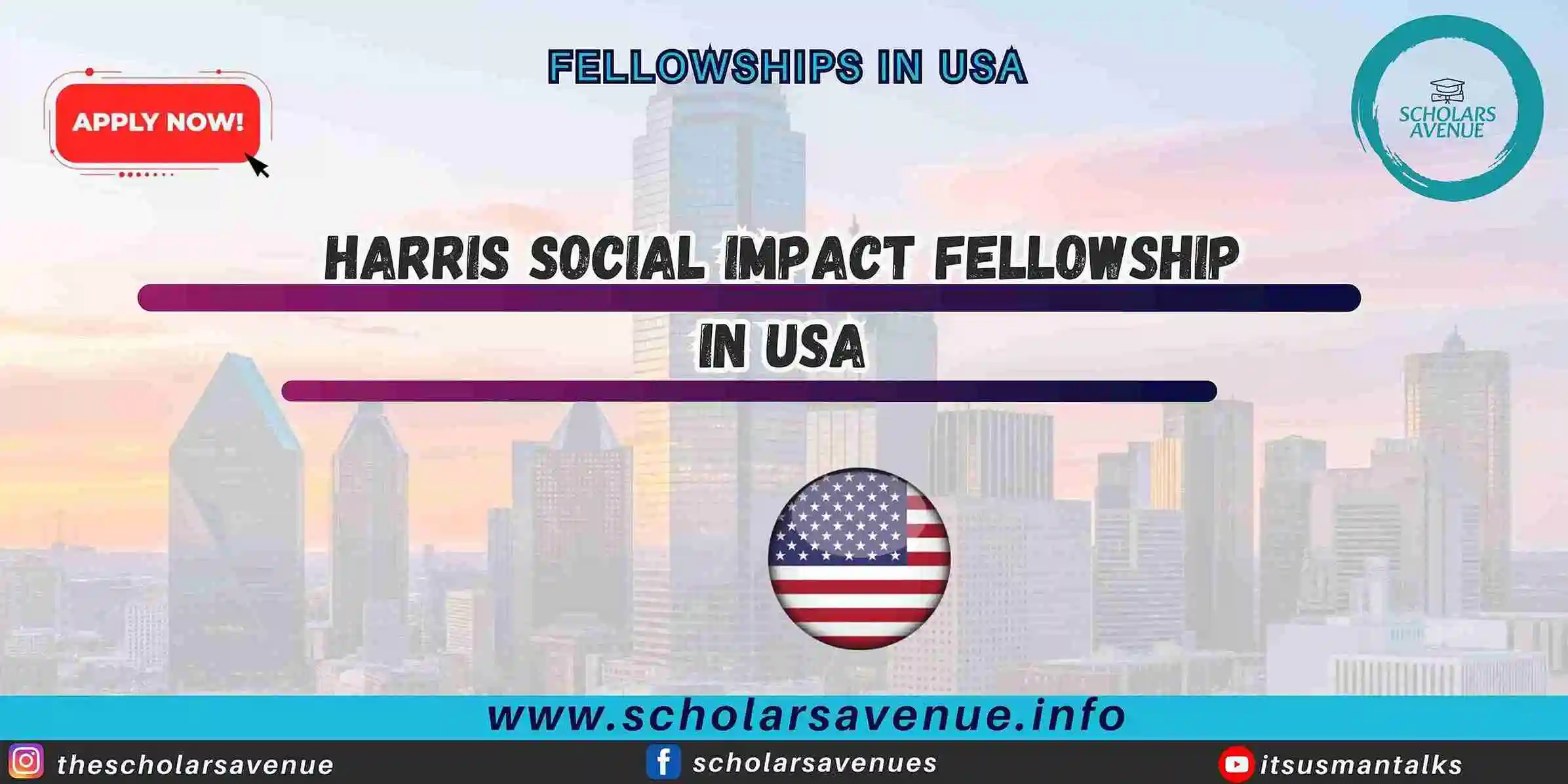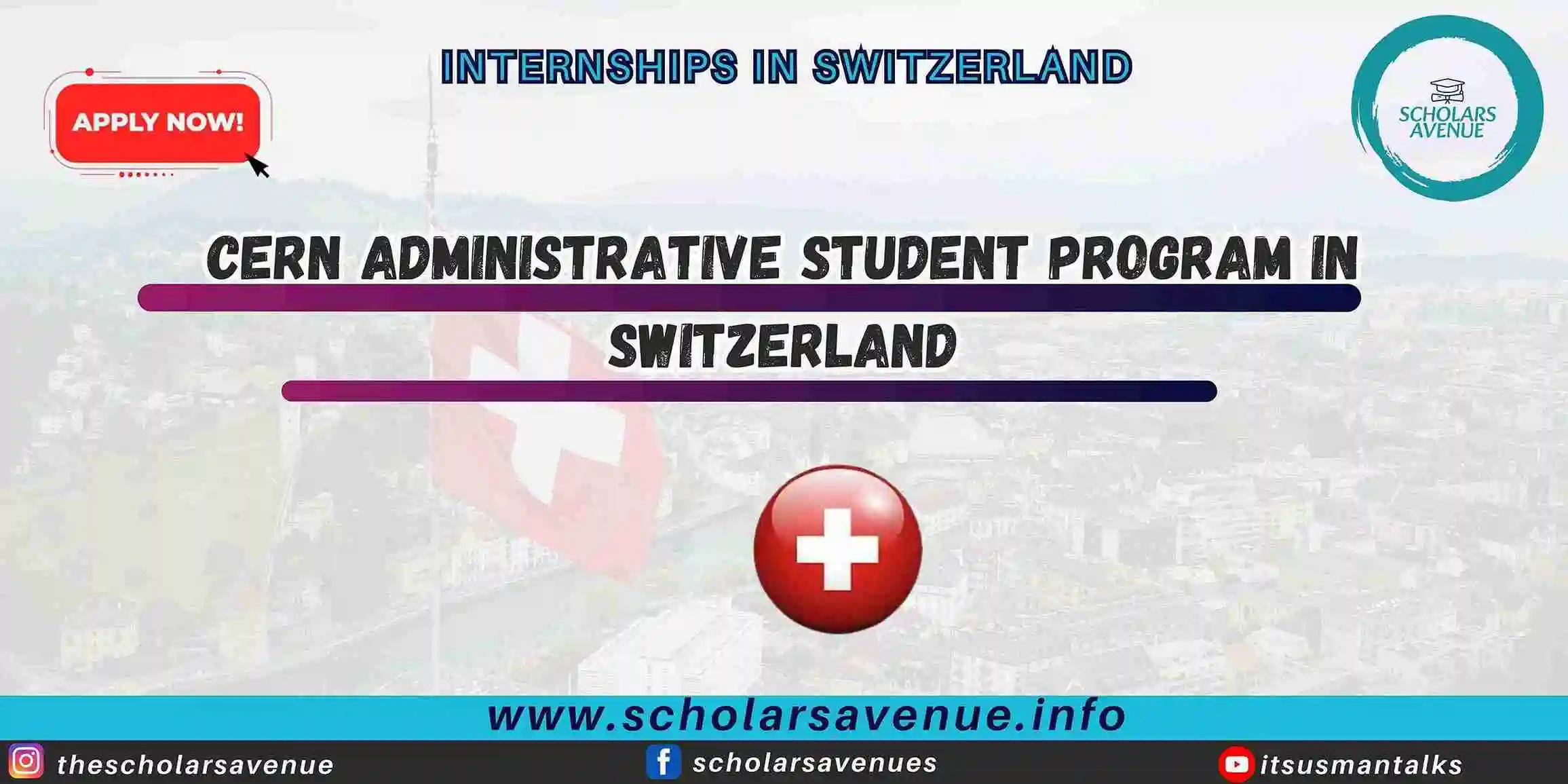Creating a strong profile for scholarships is not only about getting good grades buy, it is also about demonstrating your identity, passions, and how you contribute to your community. With scholarships getting more competitive every year, it is vital that one stands out with a profile that tells their story with clarity and confidence. Whether you are applying for national or worldwide scholarships, a well organized plan will enable you to present your best foot forward and make your scholarship journey easier and fruitful
The idea of this blog is to guide you through a practical, month by month roadmap for scholarships profile building. From perfecting your academic record to spotlighting your leadership and volunteer activities, every step would get you nearer to your aim. With consistency, planning, and a little bit of passion, you’ll be able to present a profile for scholarships that reflects your true potential and impresses selection committees worldwide.
Also check, Hatfield Lioness Scholarship in UK 2025 – 2026
Month 1–2: Self-Assessment and Goal Setting
Intentional self reflection and sincere assessment set the basis of a strong profile for scholarships. Dedicate some time to recognizing your academic strengths, personal values, career goals, and the abilities you naturally gravitate toward. Knowing what sets you apart will clear up things for you. Alongside that, look at the different types of scholarships offered, whether academic merit based, financial need, sports or arts related, or those valuing leadership and social impact. Knowing where you stand and what you want will help you set realistic yet ambitious goals.
- Create a dedicated document or journal to track your progress.
- Define specific objectives to enhance your academic and extracurricular activities.
- Research different types of scholarships and their requirements.
Month 3–4: Academic Excellence and Skill Development
Often seen as a baseline to judge your eligibility, scholarship panels give front rank to academic success. Use these months to focus on improving your grades and expanding your knowledge base beyond the classroom. Use Coursera, edX, or FutureLearn among other online resources to delve into topics of interest to you or that fit well with your planned course of action. Consider joining subject-specific forums or academic groups to talk new ideas, share resources, and stay updated on trends, .
- Enroll in courses related to your field of interest.
- Obtain certifications that can add value to your CV.
- Join academic webinars, workshops, and competitions.
Month 5–6: Community Involvement and Leadership Roles
Scholarship providers really appreciate applicants who make a positive impact on the world around them. During these months, get involved in student led events, volunteer effort, or community service projects that tie with your passions and values. These activities such as organizing donation drives, teaching underprivileged children, participating in environmental clean-ups, or running awareness campaigns, will highlight your sense of responsibility and leadership. You can portray initiative by starting your own project or working with a local NGO as well
- Participate in local campaigns, awareness programs, or teaching initiatives.
- Take on leadership roles within clubs or organizations.
- Start a passion project related to social causes.
Also check, Brunel University of London Scholarships 2026 | Complete Process
Month 7–8: Documentation and Digital Presence
Start compiling all pertinent documents confirming your profile, such as degrees, honors, references, and records of academic and extracurricular participation. Store physical and digital files in neatly labelled folders. Concurrently, create a professional LinkedIn profile and an internet portfolio (employing tools like Notion, Canva, or personal websites) that highlight your educational path, abilities, projects, and volunteer work. Update your accomplishments regularly and remain active by interacting with appropriate posts or sharing your musings and learned experiences.
- Certificates of participation and achievement
- Recommendation letters
- Screenshots or records of volunteer work
- Regularly update your academic and extracurricular achievements
- Write short posts on your learning journey
- Connect with mentors and professionals
Month 9–10: CV Building and Personal Statement Writing
Now is the time to compile your efforts into a cohesive CV. Draft your personal statement to highlight your journey, motivations, and future goals. This document is a narrative extension of your profile for scholarships, so it should be sincere, focused, and impactful.
- Include academic qualifications, extracurricular involvement, volunteer work, certifications, and skills in your CV
- Keep your CV concise, clear, and tailored to your scholarship goals.
- Use storytelling techniques to make your statement engaging.
- Ask mentors or teachers for feedback and revisions on your SOP
Month 11: Interview Preparation and Feedback
If the scholarships you’re applying for include an interview, begin practicing. Refining your speaking skills and gaining confidence in your story is essential to presenting a strong and articulate profile for scholarships.
- Prepare responses to commonly asked questions.
- Participate in mock interviews with mentors or peers.
- Record yourself to evaluate your tone, body language, and clarity.
Month 12: Final Review and Applications
This is the culmination of a year-long effort to build a polished, well-structured profile for scholarships that reflects both your achievements and aspirations.
- Review your CV, personal statement, and all supporting documents.
- Tailor each application according to the specific scholarship requirements.
- Double-check formatting, grammar, and content accuracy.
- Submit applications with careful attention to deadlines
Also check, CIMPA-ICTP Fellowship in Paris
Building a good scholarship profile takes time and effort. Dedicating each month to a particular area of development helps you to have the academic, extracurricular, and personal strengths required to distinguish yourself. This roadmap not just improves your scholarship chances but also readies you for future academic and career possibilities. Stay true, stay dedicated, let your profile for scholarships reflect your work.
Looking to maximize your chances of acceptance?
Consider using our Professional Services to polish your application and stand out from the crowd.
For detailed videos on relevant opportunities check out:
Frequently Asked Questions (FAQs)
What is a profile for scholarships?
A profile for scholarships is a complete representation of your academic achievements, extracurricular activities, leadership roles, community service, skills, and future goals. It tells your story to selection committees and helps you stand out from other applicants.
Do I need to be a topper to build a strong profile for scholarships?
Not at all. While good grades are helpful, scholarships also value leadership, community involvement, personal passion, and unique experiences. A well-rounded profile that reflects your dedication and growth can be just as powerful.
What kind of extracurriculars matter in a scholarship profile?
Anything that shows initiative, leadership, or community involvement matters. This includes sports, arts, debate, tech clubs, volunteering, internships, or even your own passion projects. Relevance and consistency matter more than quantity.
How do I start if I don’t have any certificates or activities yet?
Start small! Participate in local events, online competitions, or volunteering opportunities. Take free courses and gather certifications. Build your journey step by step, your profile for scholarships will grow as you do.
How important is a LinkedIn profile or online presence?
In today’s world, a strong digital presence adds great value. A well-maintained LinkedIn or online portfolio shows professionalism and makes your achievements easily accessible to scholarship committees.
Can I use the same CV and personal statement for every scholarship?
No, you should always tailor your CV and personal statement to match each scholarship’s specific requirements. Use the same base, but adjust it to highlight what’s most relevant for each opportunity.








